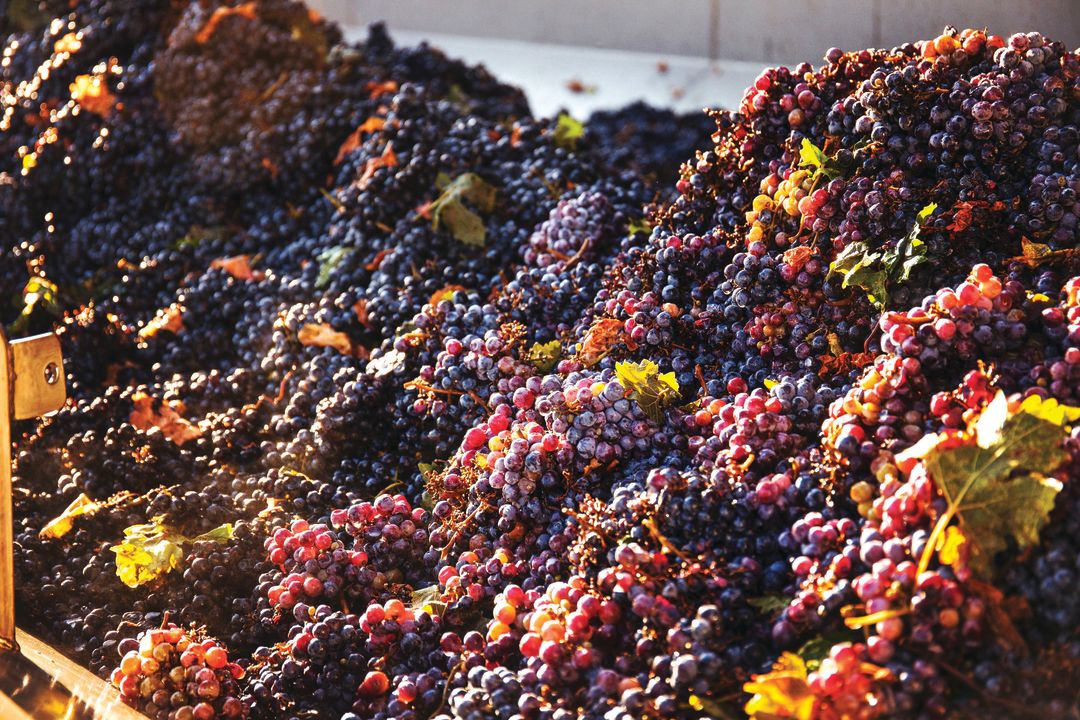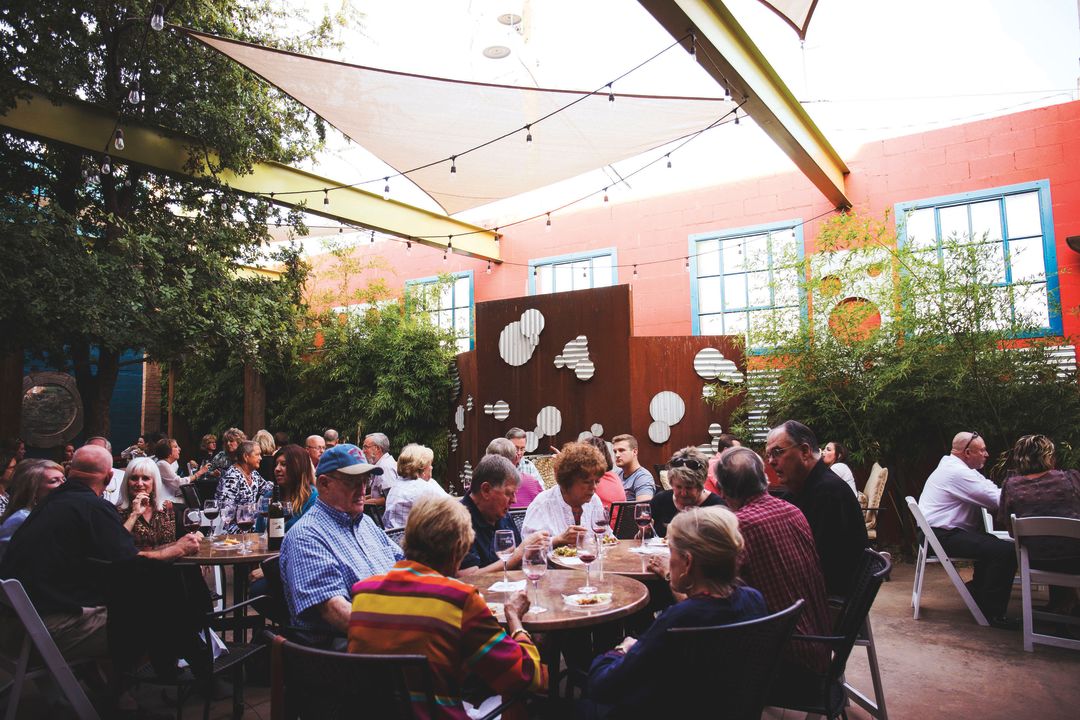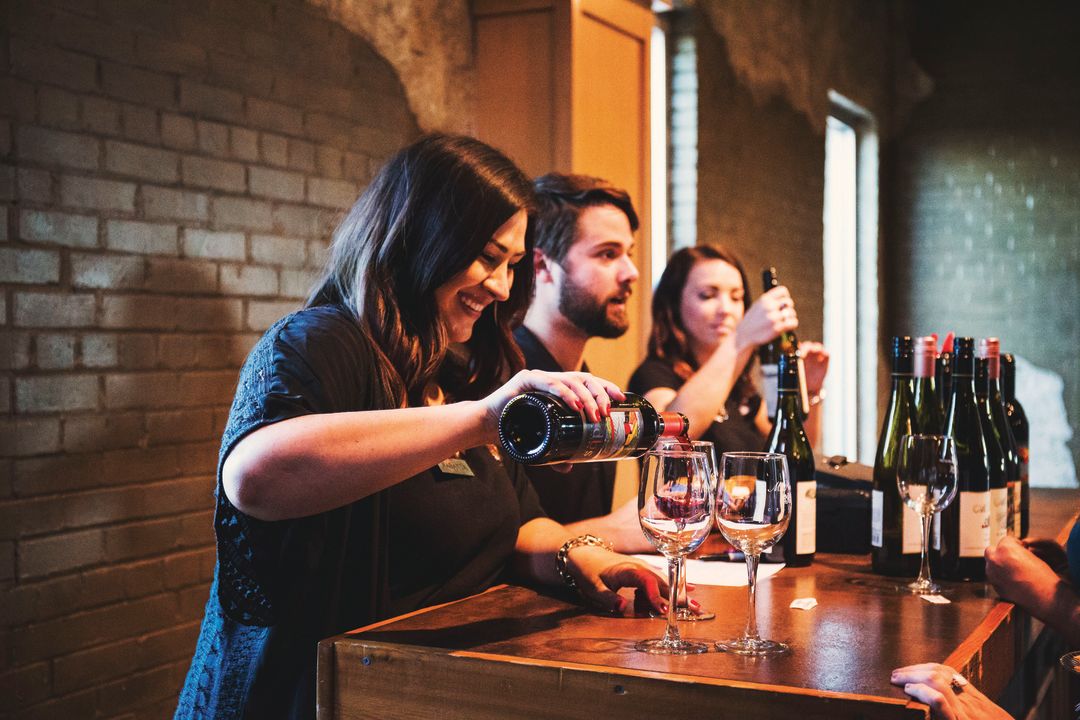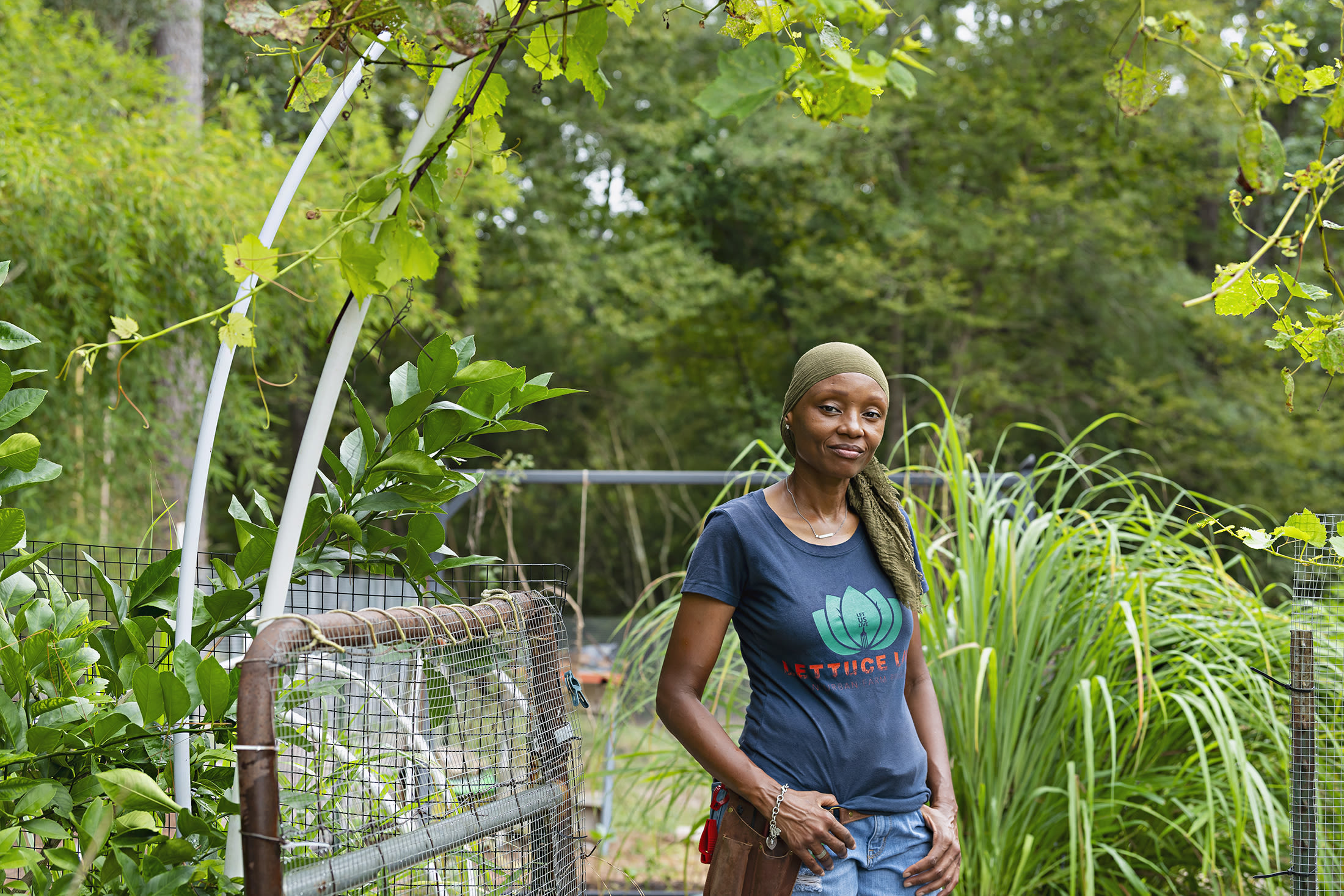Beyond Bordeaux: Texas Winemakers Look for New Grapes

Image: Kailee Ann Photography
Back in the late 1960s, when Texas wine pioneer Dr. Clinton “Doc” McPherson first planted fine-wine grapes in what would become the Texas High Plains AVA (American Viticultural Area), he did what most aspiring winemakers did at the time. He planted Cabernet Sauvignon and Merlot, the classic grape varieties used in Bordeaux, France.
In those early years, when the California fine-wine trade was just beginning to emerge, Bordeaux was the model for luxury. And McPherson, co-founder of the historic Llano Estacado winery in Lubbock, was among the early Texas wine growers who believed grapes from the French region would thrive in the relatively cool, well-aerated summers of the High Plains.
But over the last five decades, it’s become increasingly apparent that Texas growers face challenges in cultivating these varieties. “Back in 1968 when my dad first planted vines, it was cooler in the summer. You could grow Cab back then,” says Doc’s son, Kim, who now heads McPherson Cellars, a winery he and his father founded in 2008 (the elder McPherson died in 2014). “But I’ve pulled out all of that. It’s too hot for Bordeaux and Burgundy varietals.”

A crowd on the patio at McPherson Cellars
Image: Kailee Ann Photography
Average temperatures have increased in Texas since Doc’s time. Temperatures across the state now are roughly 2.5 degrees higher than they were in the 1970s and ’80s, according to climatologist John Nielsen-Gammon, a professor of atmospheric sciences at Texas A&M.
But even before that shift occurred, it was no easy task to grow Bordeaux grape varieties in northern Texas. “Knowing France’s general climate and the climate of the High Plains, I’m surprised to hear that Bordeaux varietals would have ever grown in a place like the High Plains,” says Oliver Frauenfeld, a professor of climatology, also at A&M.
Put simply, there are other grapes that grow better in our state. And fortunately for Texas wine lovers, the younger McPherson decided to find them. Viognier, for example, a white grape cultivated in France’s northern Rhône Valley, far from Bordeaux’s coastal climate, has delivered increasingly spectacular results for McPherson, who first bottled it in 2006. And he’s been delighted by the wines he’s produced since 2012 using Albariño, the white varietal native to northwestern Spain.

Trying new bottles at McPherson's tasting room
Image: Kailee Ann Photography
McPherson Cellars isn’t alone in its evolution. There’s a growing movement of Texan winemakers doing their own experimenting, especially as wine lovers have begun to expand their palates and become more adventurous. The Duchman Family Winery—which is located in Driftwood but makes wines using High Plains fruit—makes a white wine using Vermentino, a grape variety typically grown in Sardinia, Italy; it’s now served at some of Houston’s top dining destinations. And the Llano Estacado winery, which Doc McPherson and his partner sold back in 1990, labels its excellent Tempranillo, one of its flagship wines made from the Spanish grape, as a “cellar reserve.”
As the demand for fine wine from Texas continues to grow, winemakers are meeting the challenge with increasing creativity. And with this fresh, forward-thinking mindset, the wines keep getting better and better.




